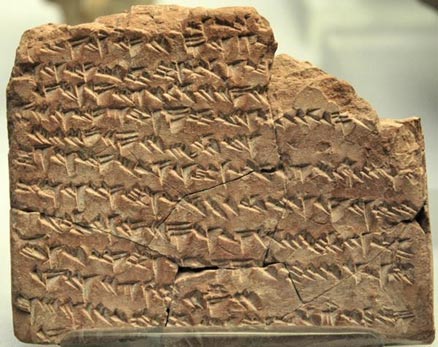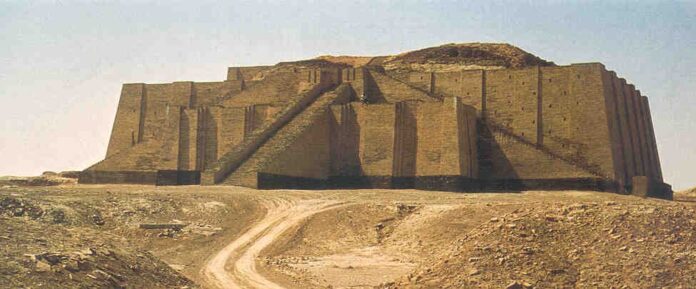Graham Hancock, in his famous work “The Fingerprints of The Gods” argues that certain civilizations around the globe showed these signs of unusual intelligence in their architecture, science and writing systems. Intelligent human civilization extends much farther than we originally believed. The following is a presentation of some of the strange aspects of humanity that have been long forgotten, while remembering that our ancestors left us artefacts in the form of incredible structures and monuments that we are meant to decode and decipher. If the human story is a work in progress, let these monuments serve as important points to consider in the revision of this story. The monuments left behind by our ancestors would have had to coincide with their level of development given the time period; which calls for a revision of the human timeline. These historical anomalies raise questions about our collective history, and indicate how much remains to be discovered.
Human prehistory marks a time before records were kept, a time when, for several thousands of years, Cro-Magnons roamed across the planet, possibly forming small groups and living in primitive societies. The context of this strange condition changed again, approximately 15,000 years ago. When we compare the crudeness and primitive nature of Cro-Magnon side by side with the achievement of humans in the last 15,000 years, the gulf between the two widens considerably. We maintain the belief that human advancement and achievement follows a linear path upwards; each new civilization being more advanced and intelligent than the last. Just as we see jumps in advancement from one species to another.
From Neanderthal to Cro-Magnon, we see entire civilizations emerge out of nowhere with advancements in the sciences that have only recently been discovered. Several ancient civilizations across the world show an advanced level of astronomy and mathematics. As the Babylonian empire began to emerge 2500 years ago, one of their chief astronomers, Kidinnu, was able to map the annual movement of the sun and the moon that remained unchallenged until 1857, when astronomer Peter Andreas Hansen charted the arc of these celestial bodies to an error margin of only nine seconds.


A Babylonian almanac, mentioning future positions of the planets (British Museum)
During the Shang Dynasty of China, spanning between 1700-1100 B.C, a solar calendar known as the Ssu-Ten contained months that carried a precise length of 29.53055106 days, meaning leap years were taken into consideration and accounted for. An even earlier Chinese text, known as the Huang Ti-Ping King Su documented the Earth as a body which floated in space. Similarly, Greek scholars Permenides and Empedocles were quoted separately, stating “the moon illuminates the nights with borrowed light”. Over the last 10,000 years or so, modern humans were in possession of knowledge that suggests extraordinary intelligence [i]. What pushed early human societies over the edge, leading them to acquire such incredible knowledge at such an early stage? From the examples noted above, this was not an isolated incident, causing only one part of the globe to develop these skills. This level of “pre-advancement” was widespread, slowly changing the context of human history…(full article on links below)…
You can read the full article at> Ancient Origin /Civilizations Out of Nowhere
Republished, source from> ANCIENT ORIGIN
Best Regards
TBU NEWS



